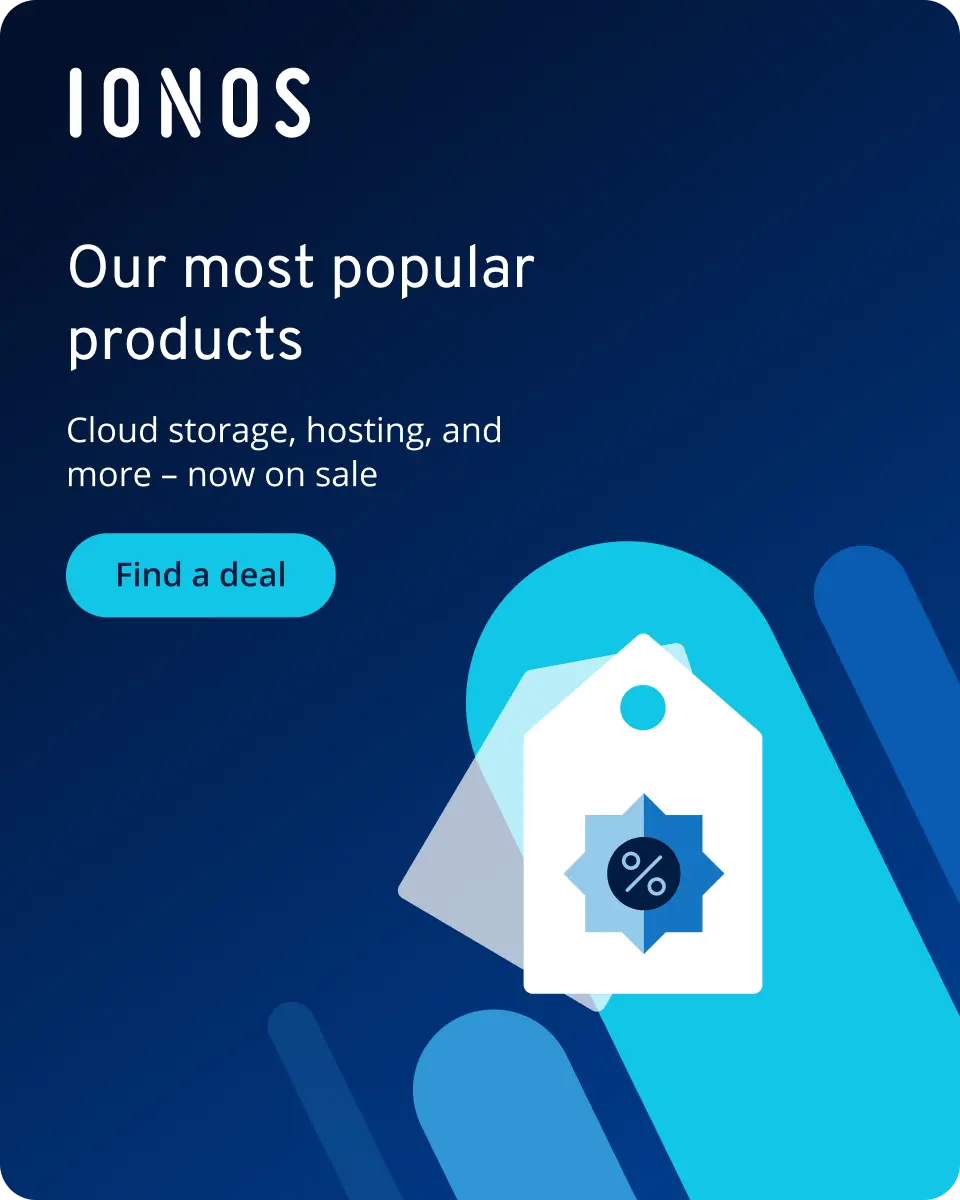What are the six best MariaDB alternatives?
MariaDB is an open-source relational database system that originated as a fork of MySQL. With its efficient storage engines, it has become a highly popular and effective option. However, many alternative solutions offer unique features and benefits. This list highlights recommended MariaDB alternatives, including both databases with a similar structure and NoSQL services, as well as in-memory DBs.
What is MariaDB and what alternatives are available?
In the field of relational databases, MariaDB is one of the most popular database management systems for mission-critical applications. Launched in 2009 in response to Oracle’s acquisition of MySQL, this open-source database system aims to provide a fully compatible but independently developed alternative. Existing MySQL tools and clients work unchanged with MariaDB, making migration very easy. MariaDB is available under the GNU General Public License Version 2 (GPLv2), giving users the right to use it for free, modify the source code, and freely distribute updates.
- Enterprise-grade architecture managed by experts
- Flexible solutions tailored to your requirements
- Leading security in ISO-certified data centers
MariaDB’s strengths lie in its wide range of features that go far beyond the classic relational approach. Its extensive engine ecosystem allows the database to be adapted to various workloads—from traditional OLTP scenarios to big data analyses. Features including Window Functions, Common Table Expressions (CTEs), and JSON documents ensure that both complex queries and modern data models can be implemented.
With Galera Cluster, MariaDB offers a robust solution for multi-master replication (high availability) and load balancing. Integrated security mechanisms such as data encryption at rest, role-based access controls, and regular security updates ensure a high level of protection. Companies also benefit from flexible scaling options and a robust architecture that combines performance, availability, and ease of maintenance.
MongoDB
MariaDB, as a relational database, primarily manages structured tabular data. Whereas a document-oriented NoSQL alternative like MongoDB is better suited to scenarios with variable schemas or massively heterogeneous data types. The system stores data—whether structured, semi-structured, or unstructured—as collections in flexible BSON documents (binary JSON documents), therefore avoiding rigid schemas. New fields can be added at any time without migrating existing datasets, which allows for quick releases and iterative extensions in agile projects.
Managed MongoDB from IONOS enables you to concentrate on the essentials. From installation to operation and maintenance work, IONOS makes sure you always get the best performance from your data banks.
MongoDB distributes datasets across multiple server nodes with automatic sharding, which as a result increases both availability and fault tolerance. Thanks to native horizontal scaling, MongoDB effortlessly handles growing data volumes. Whether it’s artificial intelligence, content management, mobile apps, or edge computing, as a MariaDB alternative, MongoDB is first-class if flexibility, schema freedom, and linear scalability are priorities.
Overview of advantages of MongoDB
- Horizontal scaling, theoretically unlimited
- High availability and fault tolerance
- High flexibility (variable data structures without migration effort)
- Ideal for large and increasing data volumes
- Compatibility with various languages, systems, and platforms
- Simple replication mechanisms
- Committed community and strong ecosystem
MySQL
Although MariaDB, as a fork, brings additional engines and modern features, MySQL continues to be seen as the established standard solution for classic relational workloads. This database system is available as open-source software and as an enterprise version for various platforms. Since its acquisition by Oracle in 2010, MySQL has been continuously expanded with performance optimizations and enterprise functionalities. By default, the database uses the ACID-compliant InnoDB engine, which offers transaction safety and foreign key support, but also provides other engines like MyISAM, CSV, and Memory for specialized use cases.
This MariaDB alternative scores highly thanks to features like source-replica, multi-master clustering (group replication), partitioning, and automatic failover. Its broad language and platform support (such as for Java, Python, and PHP) ensures numerous integration possibilities, while extensive documentation and a well-established community help provide quick support. MySQL is primarily used as a data storage solution for various web services and handles both small projects and large data warehouse scenarios.
Overview of advantages of MySQL
- Open source (but also available as an enterprise version)
- Very clear and beginner-friendly
- High reliability and availability
- Various scaling options
- Numerous storage engines available
- Compatibility with many platforms, systems, and languages
- Extensive documentation and a large, active community
- Part of the LAMP stack standard (Linux, Apache, MySQL, and PHP)
PostgreSQL
The object-relational database PostgreSQL is a powerful alternative to MariaDB when complex data models or advanced SQL functionalities are needed. Since its initial release in 1996, the open-source system has been continuously developed. Thanks to Multiversion Concurrency Control (MVCC), PostgreSQL maintains excellent performance even under high load and guarantees full ACID compliance.
A central feature of PostgreSQL is its modular extensibility: The Extensions Framework allows the addition of various modules—such as PostGIS for geodata, TimescaleDB for time series, or Citus for distributed tables—without modifying the core. Additionally, users have the option to implement custom data types, their own operators, and stored procedures. Therefore, PostgreSQL is ideal for analytical workloads, geo-applications, and hybrid scenarios, where MariaDB might face limitations due to its strict relational approach.
Overview of advantages of PostgreSQL
- Very robust and secure open-source database
- High-class performance
- Wide range of scaling options
- Large selection of extensions
- Very versatile
- Highly engaged community
- Numerous interfaces
SQLite
SQLite is a program library with an integrated relational database system. This serverless database is unique in that it stores all data and the complete schema in a single file, eliminating the need for a separate database service. There’s no requirement to install or configure SQLite, and administration is nearly nonexistent. Another distinctive feature is the small size of the library, which is only a few hundred kilobytes. SQLite supports most SQL commands and is compatible with most common data storage systems.
Typical use cases for this MariaDB alternative include embedded devices and the Internet of Things (IoT), websites, data analysis, and application file formats for desktop programs. Since SQLite databases can be easily exchanged across different systems, developers often use them as a foundation for their software.
Overview of advantages of SQLite
- Serverless operation
- Minimal administrative effort (no installation, configuration, or ongoing maintenance required)
- Compact library – only a few hundred kilobytes in size
- Portability
- Very reliable and fail-safe
- Easy backups
- Broad support for languages
Apache Cassandra
Unlike the other MariaDB alternatives, Apache Cassandra is a column-based NoSQL database designed for managing large and heterogeneous databases. Since its open-source debut in 2008, it has relied on a decentralized peer-to-peer architecture and automatically distributes data across multiple nodes to guarantee maximum fail-safety and high availability. The Cassandra Query Language (CQL), which is based on SQL, makes it easier for users of relational systems to get started. Likewise, the column-based storage model enables massive read and write throughput. Although Cassandra only offers partial ACID compliance, configurable consistency levels ensure that data integrity is maintained.
Overview of advantages of Apache Cassandra
- Open source
- Scalable both horizontally and vertically
- Disruption-free performance through distributed data storage
- Query language CQL with familiar SQL syntax
- Configurable consistency models with selected ACID properties
- Schema-free design for maximum adaptability
- Optimized for very high throughput rates and low latencies
Redis
Redis is an in-memory database and serves as a powerful MariaDB alternative when extremely low latencies and high data throughput are prioritized. Instead of storing data on disks, Redis keeps all key-values directly in memory, allowing access times of under a millisecond. As the database supports a variety of data types, complex workloads can be represented.
The database’s biggest advantages are its high read speed and scalability options—namely vertical scaling through RAM expansion and horizontal scaling using Redis Cluster. The system is primarily used for real-time analysis, administrative tasks, and message transmission. However, for working with complex data, a different MariaDB alternative is recommended.
Overview of advantages of Redis
- Open source
- Extremely low latency
- Offers horizontal and vertical scaling options
- User-friendly design
- Real-time insights with response times under one millisecond
- Comprehensive documentation resources
- Dynamic handling of various data types
- Cross-platform and language independent

